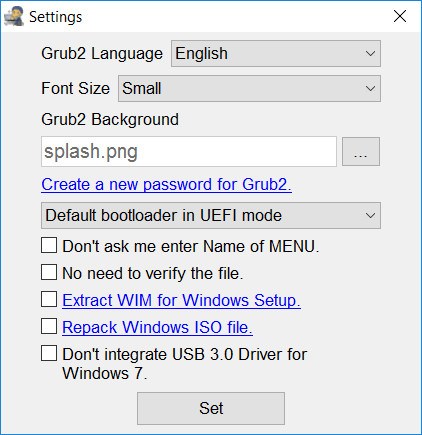
New-Item -ItemType Directory -Path $buildfolder | Out-Null Therefore I’ll just cover the little bit of that PowerShell that deals with the autounttend.xml customization, so that we can concentrate on the Configure-Host.ps1 content based on the type of host we are creating in subsequent posts. The PowerShell function(s) that creates this tailored version of the template file also creates the Configure-Host.ps1 file that further customizes the host once Windows setup is complete. Net result will be be a Windows VM deployed with the name and IP that we want associated with it. The above is more or less generic, designed to prep a VM for adding to a child domain, where we also have the root domain listed in the DNS search domains.

This answer file disables the Windows Firewall.D:\Software\setup64.exe /s /v”/qn REBOOT=R”.When we created the combined binaries ISO in the previous post, we included a copy of VMware tools in the Software folder 🙂


You can achieve several parts of the desired identity configuration during these passes and even install a few bits of software.Ī good resource for understanding the order of passes and what each of them is intended for can be found here: The installation itself uses several passes (consider these to be stages of installation). However, they can be stored at the root of any drive mounted to the machine during boot (Windows will search them all) Typically, unattended windows installations are controlled using an autounattend.xml file stored at the root of the installation media.


 0 kommentar(er)
0 kommentar(er)
